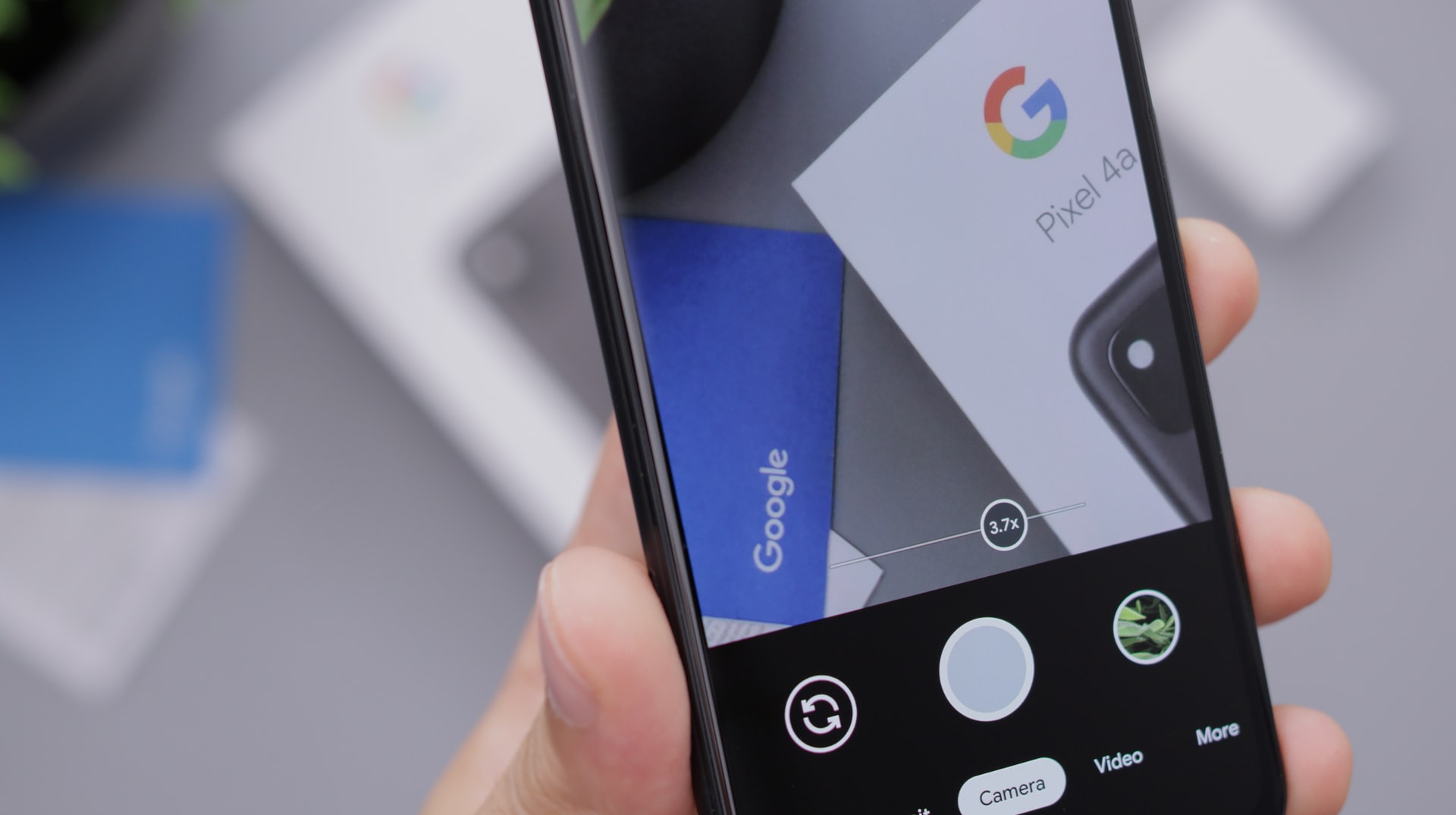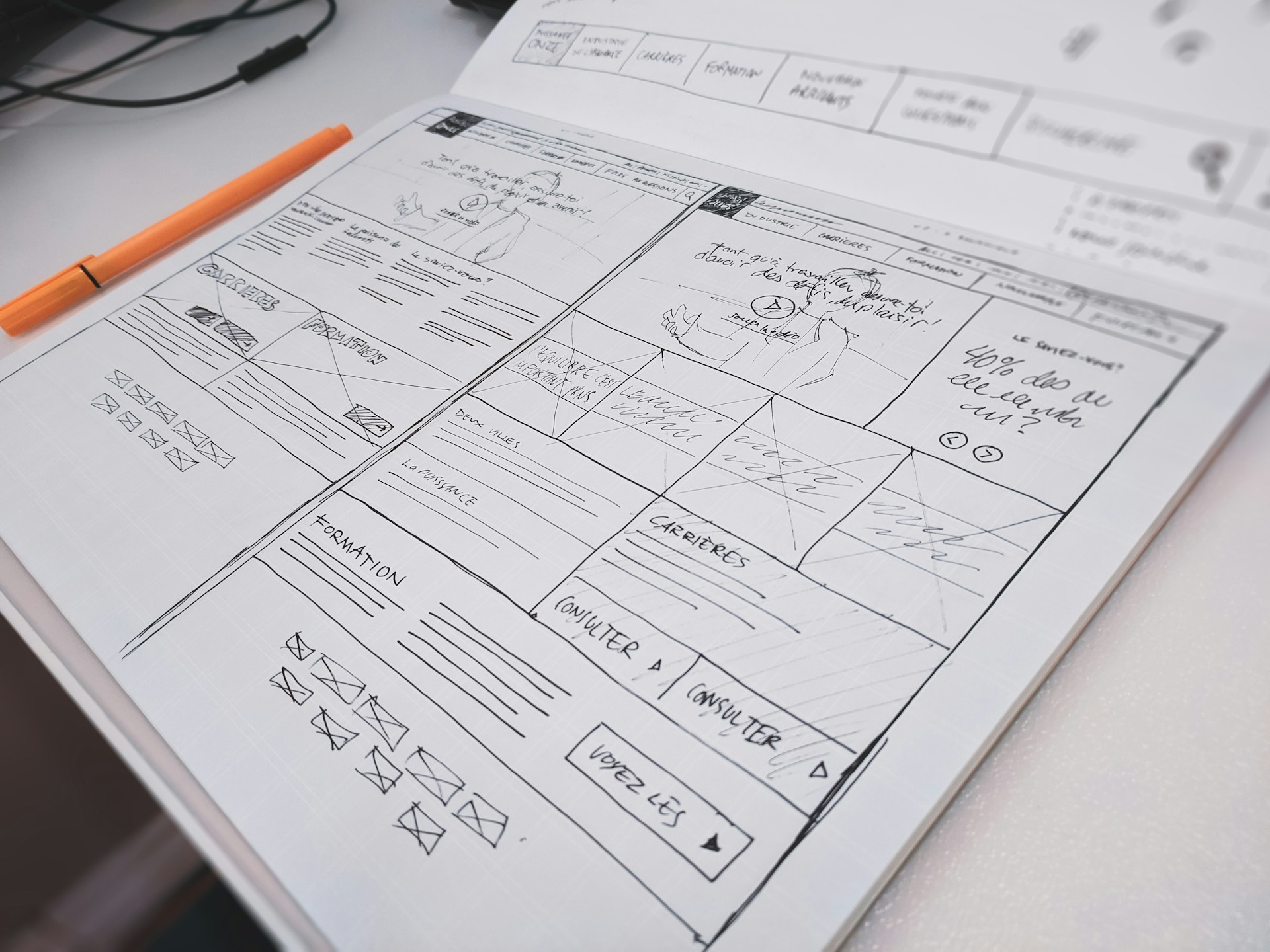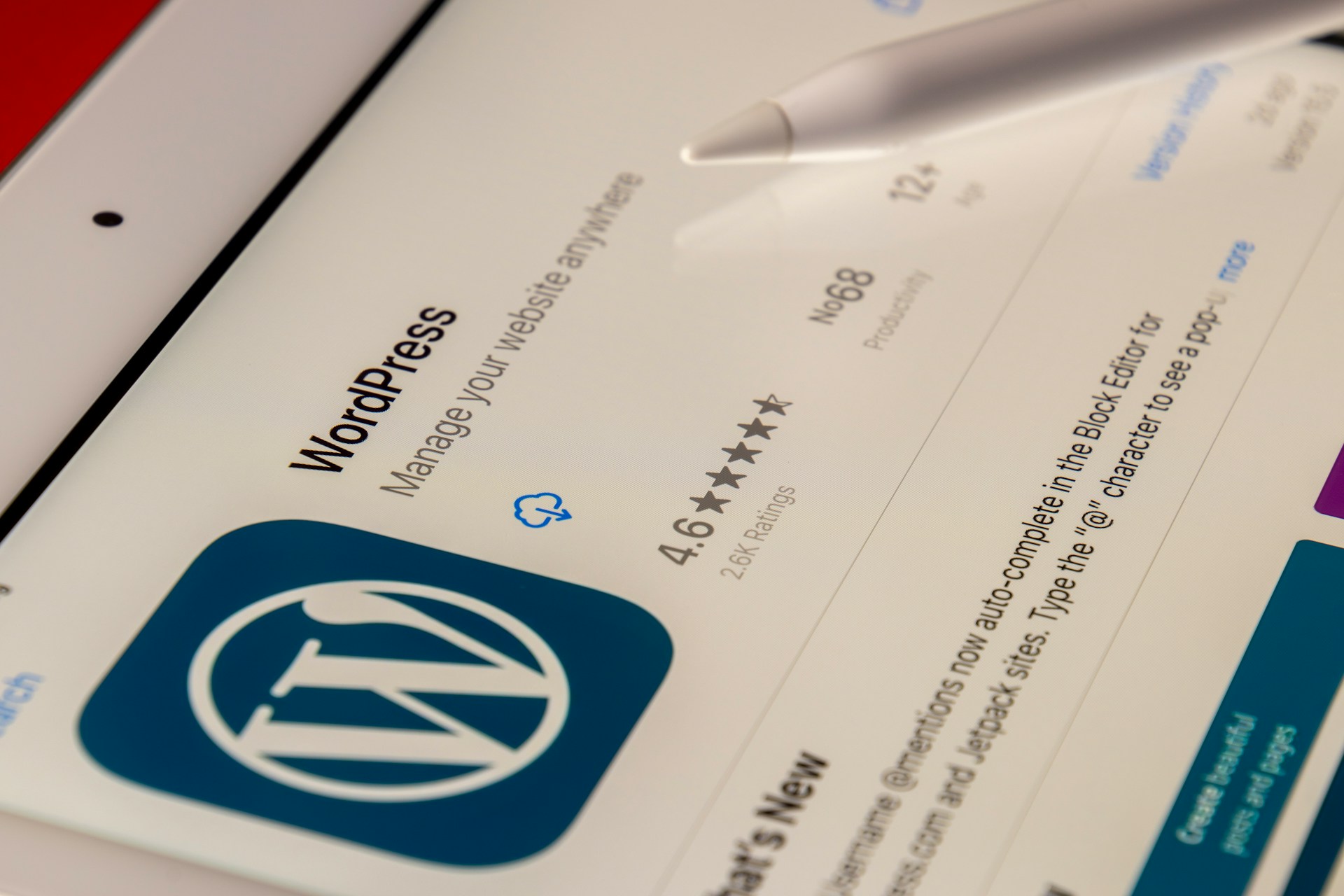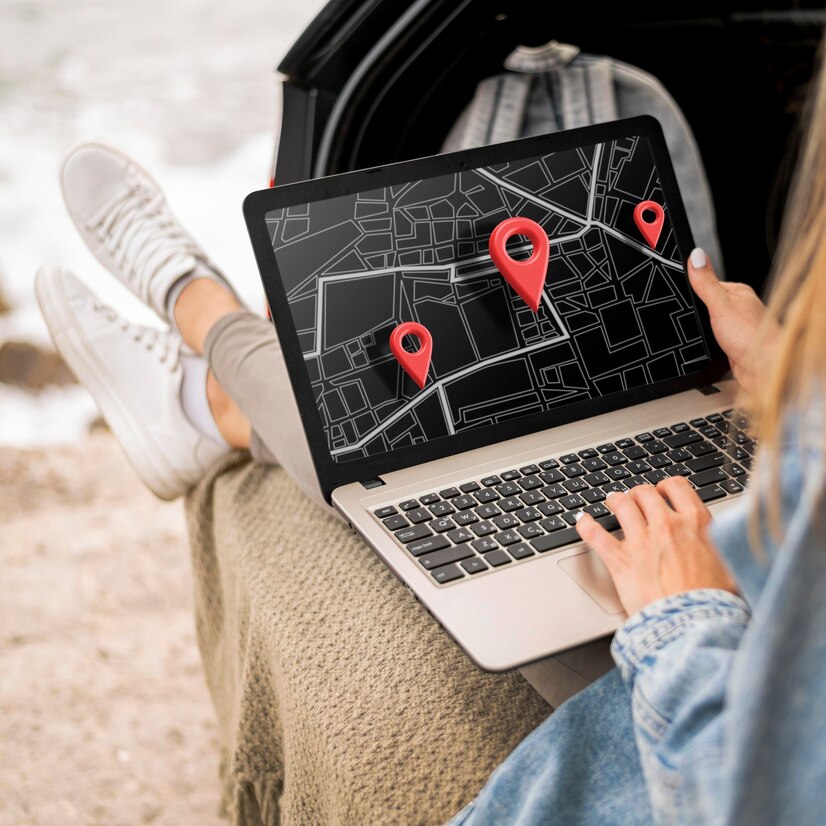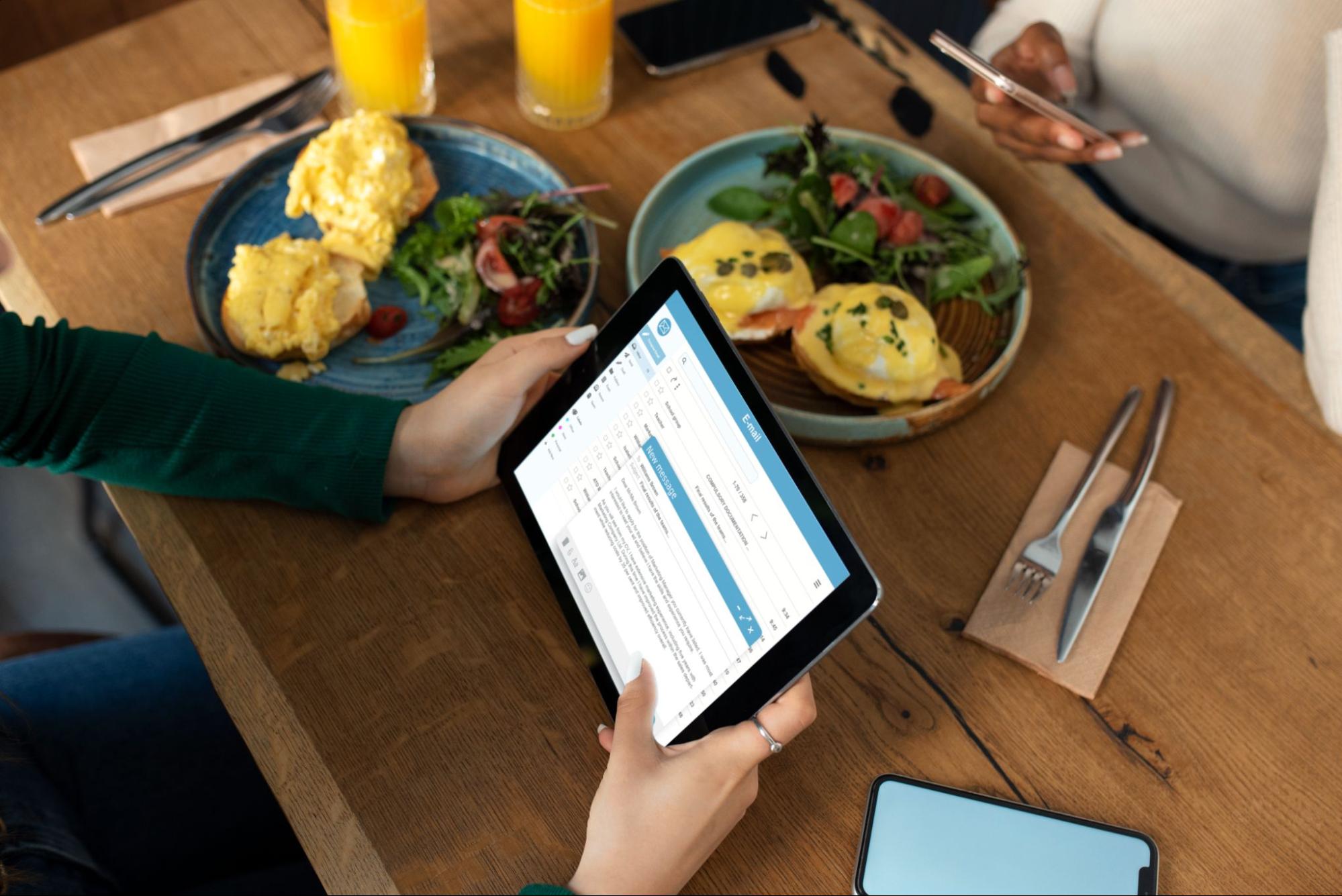Beginner’s Guide: How to Use Google AdWords for Your Business
Enduring online competition for new customers is a tricky endeavor for most online marketers. With the online market having a significant number of savvy sellers or marketers who have vast knowledge in all the aspects of online marketing, getting a market share becomes pretty tricky. You will find that these experienced online marketers can reach your target market with ease while you have to struggle.
How do they do it? Most experienced online marketers probably started from the same level you are today. However, they gained their marketing know-how by investing in various tools and marketing tricks. Most common among the marketers is their ability to get products to online prospects and initiate effective engagement. It is through this engagement that you convert a prospect into a sale. How do I engage my prospects? Well, much of the online traffic goes through Google. To ensure that you can promote your business online, Google provides a tool called Google AdWords.
Apart from engaging your prospective clients and initiating a campaign that closes more deals, Google AdWords is crucial in targeting your market. Precise targeting gives you the capability to filter your target audience through various factors such as age, geographical location, etc. With Google AdWords, you also get the option to choose the time of day you want to display your ads.
How Do I Use Google AdWords?
Getting started with Google AdWords is pretty simple and straightforward. However, if you need help, multiple agencies, such as the Invicta Agency, can help you get rolling.
Getting Started With Google AdWords
The following is the process through which you can get started with Google AdWords.
Step 1: Register for a Google AdWords Account
Like most online processes, you will need to register for an AdWords account using your Google account. However, if you don’t have a Google Account, you will need to create one. The process of registering a new Google account does not take long. After the registration process and you now have an AdWords account, you can jump right ahead and start creating campaigns.
Step 2: Create Your Budget
Before you can get started with your campaigns, your first task will be creating and defining a campaign budget. This is a very important task since it ensures that you stick to the limits of your expenditure. To understand your campaign budget, you will first need to figure out the approximate number of visitors who will visit your page. Then you will need to determine the approximate percentage of visitors that you can convert into customers. As a beginner, you could easily work with averages. Statistically, most sites enjoy an average conversion rate of 2.35 percent. Essentially, this means that about 2.35 percent of your visitors will get converted into customers. This conversion rate is quite different in various industries. At this point, you will then need to select your budget and currency. To ensure that you save your preferences, click the ‘save’ button.
Step 3: Target Audience Selection
This step gives you a chance to set the geographical location of the target audience of your choice. When initiating the targeting, Google AdWords will display the ads to the audience in the selected geographical area. You will also need to set the keywords and phrases you intend to bind to the geographical location. The advanced search option will allow you to target your audience using a set radius using the local zip code.
Step 4: Select a Network
Google displays your ads on two networks.
- The Google display network
- The search network
The Google display network works by placing your ads on websites and other display pages. However, ads displayed using the display networks generate relatively low CPC. On the other hand, the search network places your ad on top of the Search Network Result Pages – SERPs. The search network is the best option if your company has just initiated an online marketing campaign.
Step 5: Keywords Selection
Keywords are simply the words, phrases, or terms that your target audience uses on the search engine when searching online. Google will give you a selection of about 15-20 keywords that your audience can use to get your ad on the search engine page results. The number of keywords is not limited since you can add them later.
When choosing keywords, it is advisable to keep your selection to a few relevant keywords. You might also get tempted to use a keyword that indicates a large search volume. However, this might not be a great idea since keywords with big search volumes attract expensive bids. Additionally, if you choose more keywords with high search volume, the bidding becomes even more expensive.
Step 6: Create Your Bid
As pointed out, Google AdWords uses the bidding model to get your ads from various platforms. The bid is the figure that represents the amount of money you intend to pay for each person that clicks your campaign ads. This means that the more you can bid, the higher your results will get on the SERPs. Google presents you with two options.
- Manual setting
- Automatic settings
To maximize your returns, Google uses the automatic option to set your bid. However, you can manually place your bid with regards to your budget.
Step 7: Develop Your Ad
This can arguably be the most critical step of your ad campaign. It is highly recommended that you give your ad enough thought and time. A well thought out ad gives the capacity to be compelling and attractive to the selected audience. It should be very clear and short. Some of the best practices for writing an ad include:
- Short and precise
- Catchy headline
- Call to action
Step 8: Ad Creation
In this step, after you have completed the ad writing process, save the ad, and continue to the next process. Google will then require you to provide your business information and payment methods. The billing mostly occurs when 30 days are over or when you exhaust your budget.
Conclusion
Now that your ad is online and ready to get your business returns, you can implement a multiple ads campaign to target a wider audience. With this tool, you can be sure to make the best returns out of your business.
Why is Personalisation the Future of Web Development Services?
At present, custom web development is essential to ensure the success of a business concern. A…
0 Comments9 Minutes
Top Reasons to Hire WordPress Developers for Custom Website Solutions
Today, no business can possibly thrive in the digital realm without a strong online presence. An…
0 Comments13 Minutes
Why Link Building Remains a Key Pillar of Successful SEO
Why do some websites always pop up first on Google while others seem impossible to find? The…
0 Comments6 Minutes
Essential Features to Look for in an Enterprise AI Chatbot Platform
A prime of modern businesses and organizations in the rapidly growing digital environment is to…
0 Comments6 Minutes
Why Influencer Marketing is the Secret Weapon Your Brand Needs Right Now
Developing a solid relationship with your audience is more crucial than ever in the modern digital…
0 Comments7 Minutes
Keyword research tools for eCommerce to drive conversions
Why do some online stores seem to effortlessly attract customers while others struggle to get…
0 Comments13 Minutes
Key Trends in Local SEO: What Businesses Need to Focus on in 2025
What if your website gets lost in the digital noise? What if it fails to reach your target…
0 Comments9 Minutes
How a Restaurant Marketing Agency Can Transform Your Business
Food is the most important thing that helps a restaurant build its reputation. Apart from food, a…
0 Comments6 Minutes
